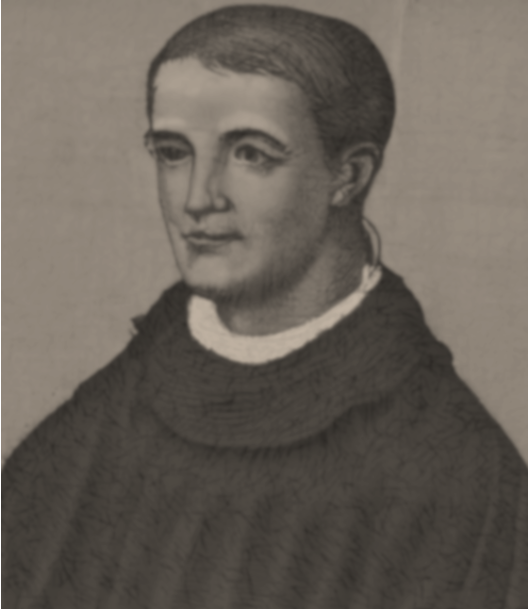Pedro Pablo Berroeta (Cuenca, June 29, 1737 – Seville, Spain, July 15, 1821) was an acclaimed poet, Jesuit, and missionary, who left a remarkable footprint in the literature of the 18th century. Berroeta became a key figure during the Real Audiencia of Quito and is well-remembered for his masterpieces “La Pasión de Cristo,” a poem of 1026 royal octaves, and “Coplones del Viejo.” Despite facing expulsion from the Jesuit order and having to continue his religious work as a secular priest, Berroeta’s indomitable spirit led him to create profound literary works. His poetry, characterized by its raw emotional depth and nostalgic resonance, significantly shaped what is known as Cuenca poetics. Even two centuries after his death, Berroeta’s contribution to the literary world continues to be celebrated and studied.
Early Life and Education
Pedro Pablo Berroeta, born on June 29, 1737 in Cuenca, Ecuador, was an acclaimed poet, Jesuit, and missionary. He emerged as one of the most significant writers during the Real Audiencia of Quito. Berroeta joined the Society of Jesus in 1752 and played a prominent role as a missionary. In 1766, he was sent to the Amazon, a common practice in the Real Audiencia of Quito. As part of his missionary work, Berroeta undertook the pastoral care of the communities of Nuestra Señora de Loreto de Paranapuras and San Estanislao de Muniches.
Career and Expulsion
However, his pastoral work was abruptly cut short when the expulsion of the Jesuits was decreed by the enlightened king. Berroeta had to leave the Spanish dominions and follow the course of the river to the Atlantic Ocean. He then traveled to Europe, where he continued his religious mission. He completed his final vows in Italy in 1771. Tragically, shortly after his vows, the Jesuit order was suppressed, and Berroeta became a secular priest. He settled in Ravenna, Italy, and later worked as a librarian at the Royal Library in Palermo. It was here that he wrote his most recognized poetic work, “La Pasión de Cristo.”
Major Works and Contributions
Berroeta is famously known for his works “La Pasión de Cristo,” a poem composed of 1026 royal octaves, and “Coplones del Viejo.” His work was reprinted several times in Ecuador, his native country, marking him as one of the most recognized authors of the 18th century alongside Juan Bautista Aguirre and José de Orozco. His work was characterized by a torrential abundance and a total, often abrupt and rapid commitment to expressing his feelings. His most acclaimed work, “La Pasión de Cristo,” cannot be considered an epic poem due to its structure, but it remains one of the longest poems written by Ecuadorians in the 18th century.
Death and Legacy
Pedro Pablo Berroeta passed away on July 15, 1821, in Seville, Spain, but his influence on literature didn’t die with him. His work, initially overlooked by critics like Juan León Mera, was later rediscovered and studied by the historian González Suárez, solidifying Berroeta’s place in the “Colonial Parnassus” alongside contemporaries such as Aguirre and Orozco. Departing from the culteranism that marked much of the literature of his time, Berroeta developed a distinctive style, now known as the Cuenca poetics. This style was characterized by a deep sense of nostalgia for his native landscapes and a strong assertion of his American identity, countering the prevalent dismissive view of the era’s romantic poets. Two centuries after his death, Berroeta’s enduring influence is still recognized in the literary world, and he continues to be celebrated as a trailblazer of the distinctive Cuenca poetics.
Selected Works
- La Pasión de Cristo
- Coplones del Viejo

